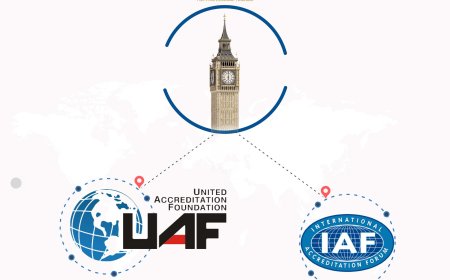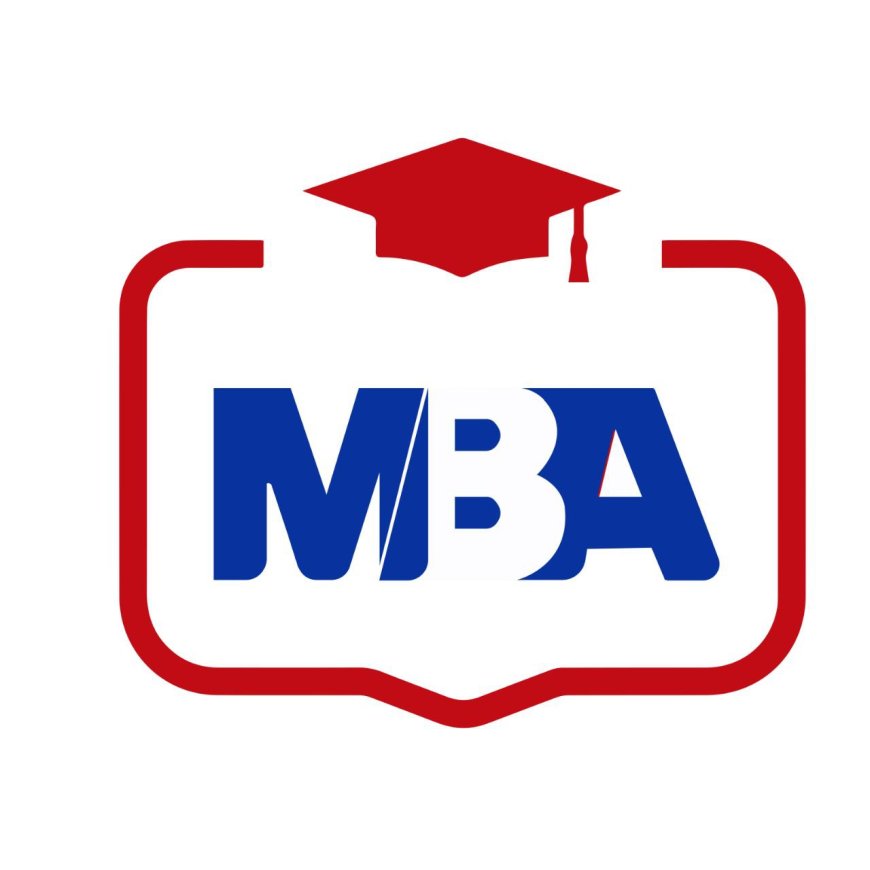Program Content
| Program | credit Hours |
| - Financial management | 35 |
| - Quality management | 35 |
| - Management and strategic planning | 35 |
| - Behavior of organizations | 35 |
| - Strategic leadership | 35 |
| - Human Resources Management | 35 |
| - Strategic marketing | 35 |
| - Scientific research | 55 |
Quality Management
- Basis of strategy: Structure
- Levels and formulation of the strategy
- Strategy Schools
- Stakeholders' theory
- External Factors Analysis
- Analysis of internal factors SWOT Analysis
- Overall strategy Implementation of the Strategy
Human Resource Management (HRM)
includes several important aspects, including:
1 - Recruiting and selecting suitable employees for the organization.
2 - Developing and training employees to enhance their skills and efficiency.
3 - Evaluating employee performance and identifying training and development needs
4 - Designing and implementing reward and incentive systems to motivate and encourage
5 - Managing employee relations and promoting communication and collaboration between employees and management.
6 - Managing wages and benefits and ensuring fairness and competitiveness
7 - Developing HR policies and procedures and complying with relevant laws and regulations
8 - Managing performance and providing feedback and guidance to employees.
9 - Managing change and adapting to internal and external developments.
9 - Planning human resources, knowing future needs, and providing the necessary competencies for the organization
Management and Strategic Planning
The main aspects of studying management and strategic planning include:
- Concepts and fundamental theories of management: This involves understandin the basic concepts of management and key management principles such as planning, organizing, directing, coordinating,and controlling.
- Human Resource Management: It involves managing, recruiting,
and developing employees, motivating them, managing employee relations, and developing leadership capabilities. - Operations and Production Management: It involves analyzing, designing, implementing, and improving processes and operational procedures to achieve organizational goals
- Marketing and Customer Management: It involves understanding customer needs, market analysis, developing marketing strategies, and managing customer relationships.
- Financial and Accounting Management: It involves analyzing financial data, managing cash flows, analyzing investments, and preparing financial reports.
- Strategic Planning: It involves analyzing the external and internal environment of the organization, setting goals, identifying key strategies, implementing them, and monitoring their implementation
- Change and Innovation Management: It involves understanding the importance of change, identifying transformative opportunities, managing institutional changes, and promoting innovation and continuous development.
- Leadership and Communication: It involves developing leadership and effective communication skills, building strong teams, and enhancing internal and externalcommunication.
- Total Quality Management: It involves improving quality, applying quality management tools, achieving performance excellence, and customer satisfaction.
Marketing Strategy
The main pillars of marketing study include:
- Market analysis: This involves understanding and analyzing the market through studying customers, competitors, market trends, and economic, social, and technological factors.
- Marketing strategies: This involves developing marketing strategies to achieve organizational goals, including identifying the target market, determining added value, and developing marketing offerings.
- Product and service marketing: This involves developing and marketing products and services, including identifying competitive advantages, designing the brand, determining pricing, and developing distribution strategies.
- Digital marketing: This involves leveraging digital technology and social media to market products and services, build customer relationships, and measure marketing performance.
- Customer relationship management: This involves developing strategies to build and maintain strong relationships with customers by providing positive experiences, meeting their needs, and achieving their satisfaction.
- International marketing: This involves developing marketing strategies to expand into global markets and understanding the cultural, legal, and economic challenges associated with international marketing
Organizational Behavior
The study of organizational behavior encompasses several important dimensions, including:
1- Organization structure: It relates to understanding the organization’s structure and internal organization, including the distribution of authority, responsibilities, and relationships between individuals and departments.
2- Organization culture: It relates to understanding the shared values, beliefs, and behaviors that distinguish the organization and influence individuals’ behavior and decision-making.
3- Organization orientation: It relates to understanding the interests, goals, and strategies followed by the organization and how they affect the organization’s behavior and decision-making.
4- Decision making: It is related to understanding the decision-making process in the organization and the factors affecting it, such as available information and internal and external pressures.
5- Communication and interaction: This relates to understanding how communication and interaction between individuals in the organization affect organizational behavior and achieving its goals.
6- Leadership and Management: This relates to understanding how leadership and management influence organizational behavior and achieving its goals, including leadership capabilities and different management styles.
7- Change and innovation: This relates to understanding how to deal with change and promote innovation in the organization and its impact on organizational behavior and the achievement of its goals
8- External relations: This relates to understanding how to interact with customers, suppliers, partners, the local community, and the government, and how it impacts the behavior of the organization and the achievement of its goals.
9- Ethics and social responsibility: This relates to understanding how to deal with ethical issues and social responsibility in the organization and their impact on organizational behavior and the achievement of its goals.
Strategic leadership
The main pillars of studying strategic leadership include the following:
1- External environment analysis: This relates to understanding the external factors that impact the organization, such as competition, social, economic, and technological changes.
2- Internal capabilities analysis: This relates to understanding the internal capabilities and resources of the organization, such as skills, employees, technology, and finance.
3- Vision and mission development: This relates to defining the vision and mission of the organization and setting the goals and strategies necessary to achieve them.
4- Risk analysis: This relates to analyzing potential risks that can affect goal achievement and developing strategies to mitigate those risks.
5- Leadership capabilities development: This relates to developing strategic leadership skills, creative thinking, strategic planning,
and effective organization.
6- Team building: This relates to building an integrated and highly efficient team, defining roles and responsibilities, and developing a system of incentives and rewards.
7- External relations development: This relates to developing relationships with customers, suppliers, partners, the local community, and the government, and developing strategies to improve those relationships.
8- Effective communication: This relates to developing skills for effective communication and interaction with different stakeholders within and outside the organization.
9- Performance analysis and evaluation: This relates to analyzing and evaluating the performance of the organization based on specific performance indicators and identifying areas that can be improved and developed.
10- Continuous learning: This relates to developing a culture of continuous learning within the organization and developing strategies to improve the skills, knowledge













